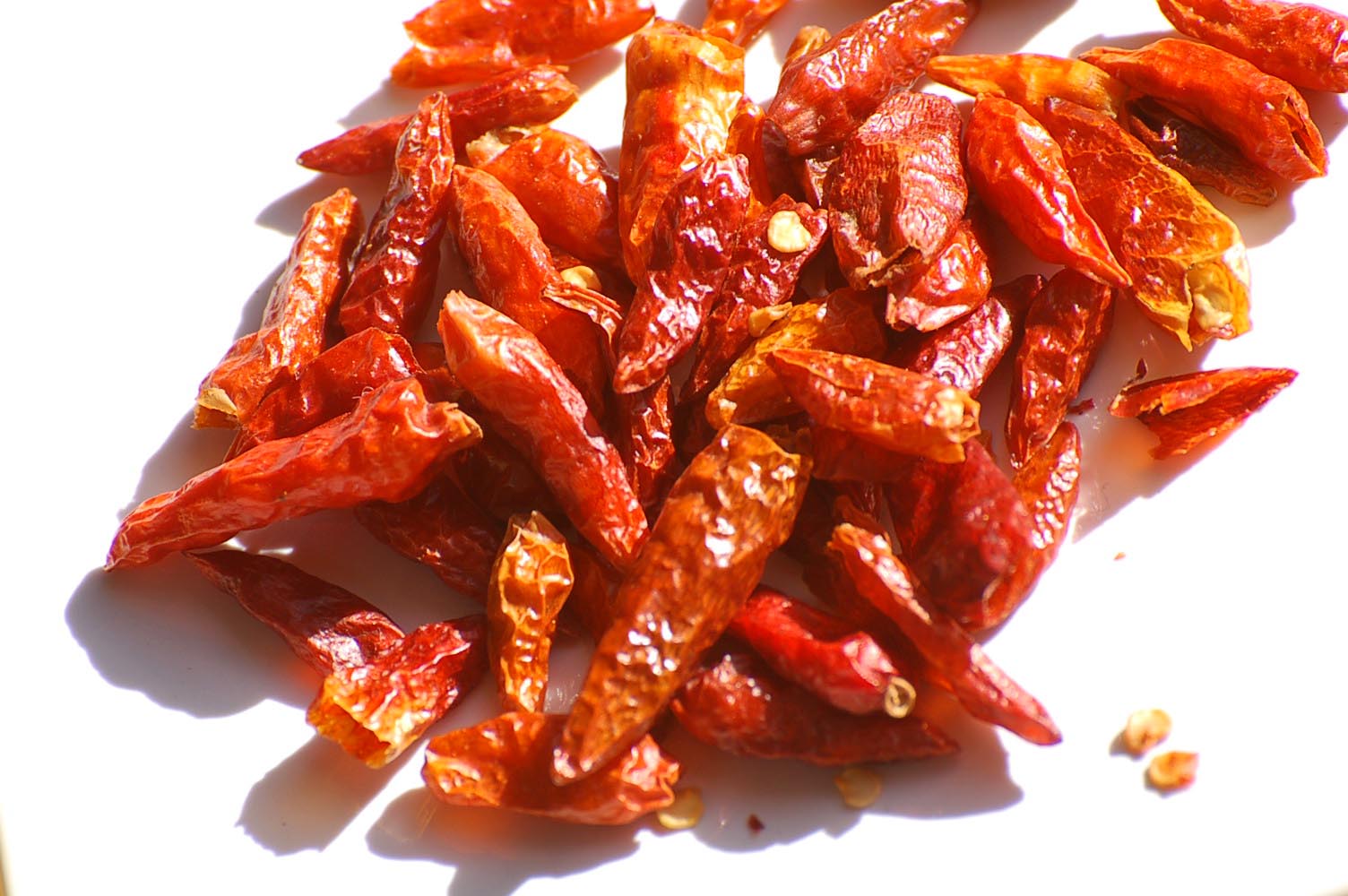December 18, 2020
Rich & Delicious
Is there anything more satisfying than dipping a piece of fresh bread in some olive oil? Or bread toasted and drizzled with olive oil…. Or over a beautiful piece of cod fish grilled over an open fire and served with boiled potatoes and a salad.
How is it made?
The word Azeite [az-zait] – olive oil in Portuguese – has an Arab origin and means olive juice). From the olive grove, the olives are taken to the mill, where they are cleaned, before they’re crushed. In the mill, the olives are washed, weighed, milled (transformation of the olives into a mass), bated (the mass undergoes a slow and continuous beat with mild heating between 25º to 30º), the oil is extracted (by centrifugation), and then filtered (once or twice). After all this process, the oil is ready for consumption.
Usually in Portugal we find it for sale for consumption:
- Extra virgin olive oil – acidity less than or equal to 0.8%. It does not present any defect in the flavor or aroma of olive oil. It is ideal for seasoning and eating raw.
- Virgin olive oil- acidity less than or equal to 2%. It may present slight natural defects in flavor and aroma. It is ideal for roasts, soups, stews, or marinades.
- Olive Oil – a combination of virgin olive oil and refined olive oil. It is a cheaper oil. It’s ideal for making fries.
The “extra virgin olive oils” are perfect to eat raw as a seasoning. Virgin olive oil is good for cooking. “Olive oil” is most suitable for cooking and frying.
DOP Olive Oils from Portugal
As in wines, olive oil is not all the same – each region has its olive groves with different characteristics.
Azeite de Moura DOP: is produced in the district of Beja from the Galega, Verdeal, and Cordovil varieties. It is low to very low acidity olive oil, greenish-yellow in color, with a fruity aroma and flavor. This oil after extraction can be a little bitter and spicy.
Azeite de Trás-os-Montes DOP: The olive oil is produced from the varieties of olive Verdeal Transmontana, Madural, Cobrançosa, and Cordovil. This oil has a pungent, fruity, and sometimes almondy flavor. It has a dark greenish-yellow color.
Azeite do Alentejo Interior DOP: It is made from the common Galega variety, Cordovil de Serpa, and Cobrançosa. It is a golden yellow or greenish olive oil. With a fruity flavor.
Azeites da Beira Interior (Azeite da Beira Alta, Azeite da Beira Baixa) DOP: The oil is made from the Galega variety producing a low to very low acidity oil. And it has a slightly greenish-yellow color.
Azeites do Norte Alentejano DOP: It is made from the Galega olive variety and the varieties Azeiteira, Blanqueta, Redondil. It is a low to very low acidity oil, thick, and has a golden yellow color, sometimes slightly greenish. With a fruity flavor.
Azeites do Ribatejo DOP: This oil is made from the Galega, Lentisca, Cobrançosa, and others. It is low to very low acid olive oil, with a golden yellow color, sometimes slightly greenish.
Flavour & Acidity
The taste of the oil can be fruity, bitter, or spicy.
What distinguishes an olive oil is its flavour and acidity. Acidity is an indicator that assesses the quality of olives and the olive oil production process. The lower the acidity, the healthier were the olives that made it. Olive oils with the same degree of acidity can have quite different flavors, milder, or more intense.
Health Benefits Of Olive Oil
Olive oil is considered heart-healthy for (many) good reasons.
Natural olive oil contains 70% monounsaturated fatty acid. As a result, it lowers cholesterol accumulation in the blood and reduces heart problems. In the frequently cited PREDIMED study, people who ate a Mediterranean-style diet that included 4+ tablespoons of extra virgin olive oil per day had a lower risk of developing cardiovascular disease, and their combined risk for heart attack, stroke, and death from heart disease was around a 30% lower than people who ate a low-fat diet.
Olive oil lowers the levels of total blood cholesterol, LDL-cholesterol and triglycerides. Extra virgin olive oil, which is rich in almost 40 antioxidant chemicals, helps reduce the oxidation effects of LDL cholesterol.
Olive oil boosts the metabolism, the growth of good bone structure, and brain development in children. It is an excellent source of vitamin E, which is very beneficial for older people.






Leave A Comment